
The first phase of the Grenfell Tower Fire Inquiry recommended that Personal Emergency Evacuation Plans (PEEPs) for those unable to self-evacuate should be mandated for high-rise residential buildings. But at the 3rd reading of the Building Safety Bill in the House of Lords, the minister, Lord Greenhalgh, threw the government’s commitment to PEEPs into doubt [1]. The fact that almost five years on from the Grenfell disaster, he appears to lack understanding of how PEEPs can be implemented practically, cost effectively and safely, suggests a tenuous grasp of fire safety.

Slide from the FSEG 5-day short course, 'Principles and Practice of Evacuation Modelling' – note that the average speed of the evacuation chair, carrying a 75kg PRM down the stairs, was 0.83 m/s, which is faster than most people would walk down the stairs
Is Lord Greenhalgh serious when he asks whether disabled people can be evacuated from a tall building before the fire service arrives? Or whether the evacuation of disabled people will impede others [1]? I have undertaken detailed studies of high-rise building evacuations, such as the WTC 911 [2] and the Grenfell Tower fire [3], and in both cases, people with disabilities were assisted by strangers (WTC 911) and family/friends (WTC 911 and Grenfell) to evacuate before the fire and rescue services (FRS) intervened. Furthermore, there are devices and means to assist in the evacuation of people with mobility disabilities, such as the evacuation chair [4,5,6], that can provide a fast means of assisted evacuation, without any additional impediment to the evacuation of others [4,5,6]. It is also worth noting that not all people who are mobility-impaired require a movement assistance device to help them down the stairs, and not all disabled people are mobility-impaired.
FSEG evacuation experiment involing the use of an evacuation chair on a crowded stair
Finally, while I agree that society cannot introduce safety measures at any cost, measures suggested by PEEPs need not incur excessive additional costs. Surely the lives of disabled and able-bodied people have exactly the same value. Being required to wait for rescue by the FRS, while others evacuate, potentially exposes disabled people to unacceptable and unnecessary risk.
In an ideal world, buildings would enable safe evacuation for everybody, but as long as architects and engineers continue to design buildings that can only be evacuated by a sub-set of the population, and legacy buildings are not made evacuation-friendly for all, PEEPS currently represent the only way to level up building evacuation on a mass scale. As the government in England and Wales and parts of the industry continue to prevaricate on the PEEP issue, it appears that some people are more equal than others when it comes to evacuation.
For additional information concerning means of evacuation for disabled persons, please see [7 -11].
REFERENCES:
(1) Building Safety Bill, Third Reading, 15:44, 4th April 2022, https://hansard.parliament.uk/lords/2022-04-04/debates/ECEAEAD5-9736-4C75-BBB6-53764151213D/BuildingSafetyBill
Extract from Hansard of the speach by Lord Greenhalgh ‘The Government ran a consultation on the issue of personal emergency evacuation plans—PEEPs—in July 2021. The consultation has made clear the substantial difficulties of mandating PEEPs in high-rise residential buildings around practicality, proportionality and safety. On practicality, how can you evacuate a mobility-impaired person from a tall building before the professionals from the fire and rescue service arrive? On proportionality, how much is it reasonable to spend to do this at the same time as we seek to protect residents and taxpayers from excessive costs? On safety, how can you ensure that an evacuation of mobility-impaired people is carried out in a way that does not hinder others in evacuating or the fire and service in fighting the fire?’.
(2) Web pages concerning the FSEG study of the WTC evacuation, project HEED. https://fseg.gre.ac.uk/HEED/index.html
(3) Galea, E.R., INTERIM PHASE 1 RECOMMENDATIONS FOR THE GRENFELL INQUIRY, Final, 02/04/19. https://assets.grenfelltowerinquiry.org.uk/Prof%20Ed%20Galea%27s%20report%20on%20interim%20recommendations%20EGAI00000001.pdf
(4) Adams, A.P.M and Galea, E.R., “An Experimental Evaluation of Movement Devices used to assist People with Reduced Mobility in High-Rise Building Evacuations”, Pedestrian and Evacuation Dynamics 2010. 5th International Conference. Proceedings. March 8-10, 2010, Springer, New York, NY, Peacock, R.D., Kuligowski, E.D., and Averill, J.D., Editor(s), pp 129-138, DOI 10.1007/978-1-4419-9725-8_12, 2011.
(5) Hunt, A., Galea E.R., and Lawrence, P.J., “An Analysis of the Performance of Trained Staff Using Movement Assist Devices To Evacuate the Non-Ambulant”, Proceedings of the 5th International Symposium, Human Behaviour in Fire, Cambridge UK, 2012, Interscience Communications Ltd, ISBN 978-0-9556548-8-6, pp 328-339, 2012.
(6) Hunt, A., Galea, E.R., Lawrence, P.J., An analysis and numerical simulation of the performance of trained hospital staff using movement assist devices to evacuate people with reduced mobility, Fire and Materials, Vol 39, Issue 4, pp 407-429, 2015, http://dx.doi.org/10.1002/fam.2215
(7) Presentation concerning evacuation assist devices presented at the Human Behaviour in Fire Conference held in the UK in Sept 2012. https://www.youtube.com/watch?v=E15GsZ_D3PM&list=PL07Y9xXpCDutMYVwrkhzlur_KBpawH6ek&index=10
(8) Question and Answer session related to (7). https://www.youtube.com/watch?v=GBc83DZBBD8&list=PL07Y9xXpCDutMYVwrkhzlur_KBpawH6ek&index=11
(9) Presentation concerning evacuation assist devices presented at the PED 2010 conference March 2010. Note this is part 1 of three parts, the other two parts to the presentation can also be found on the FSEG youtube channel (https://www.youtube.com/c/FSEGresearch999). https://www.youtube.com/watch?v=mvra04YVNYM&list=PL07Y9xXpCDutMYVwrkhzlur_KBpawH6ek&index=18
(10) Joyce, M.S., Lawrence, P.J., Galea, E.R., Hospital Evacuation Planning Tool for Assistance Devices (HEPTAD), Fire and Materials, 25 May 2020, https://doi.org/10.1002/fam.2856
(11) Hunt, Aoife L. Galea, Edwin R.; Lawrence, Peter J.; Frost, Ian R.; Gwynne, Steven M. V.; Simulating Movement Devices Used in Hospital Evacuation, Fire Technology (2020), published online, 21 March 2020, https://doi.org/10.1007/s10694-020-00971-5





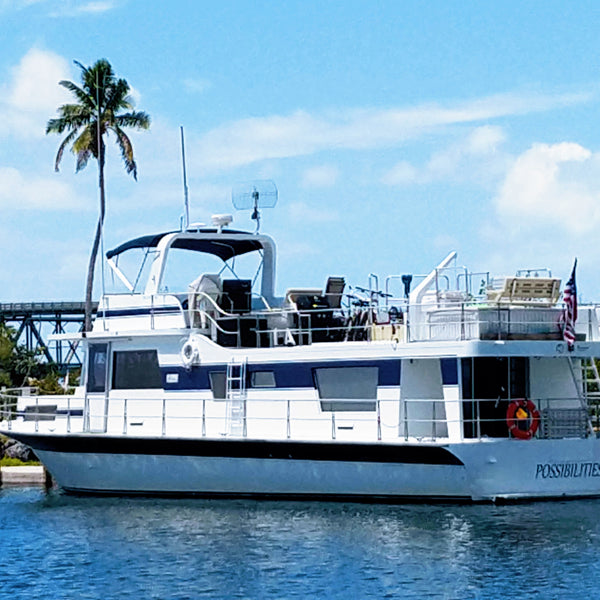
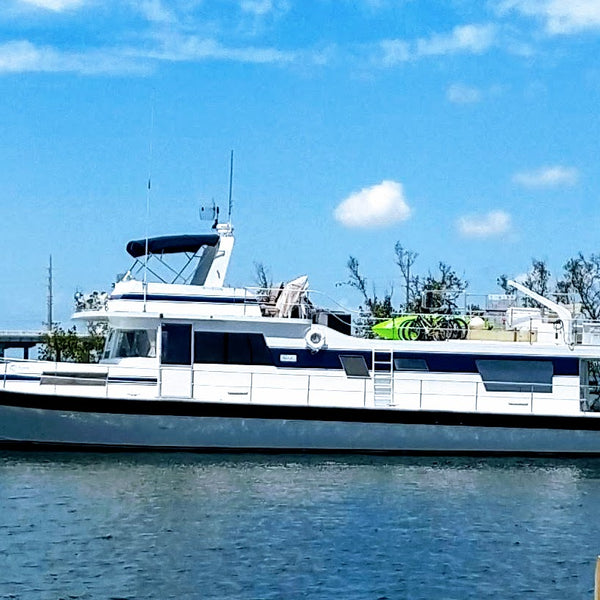
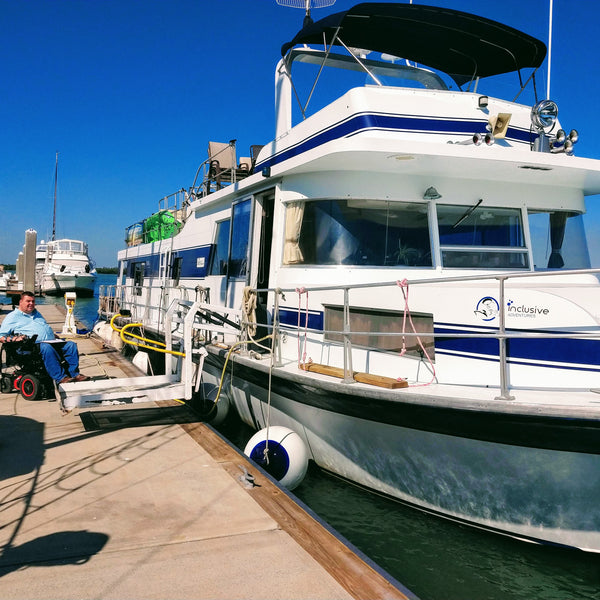
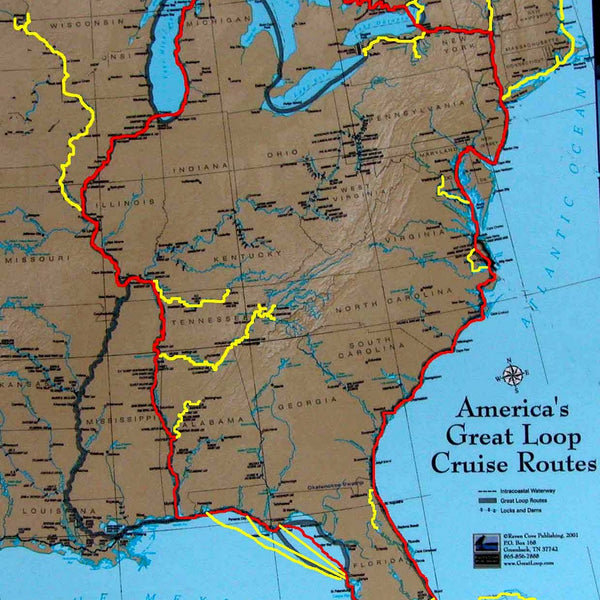
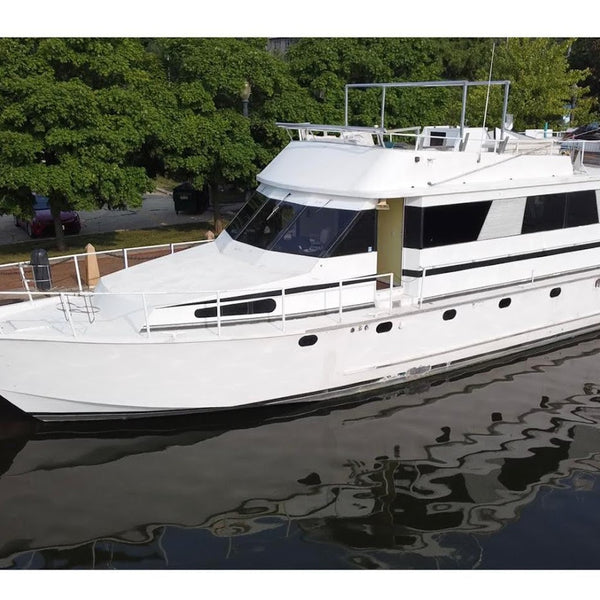

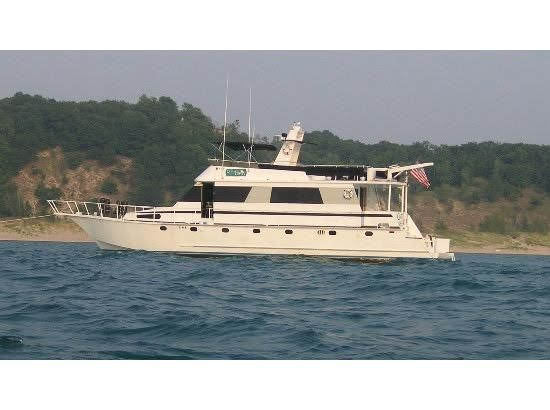
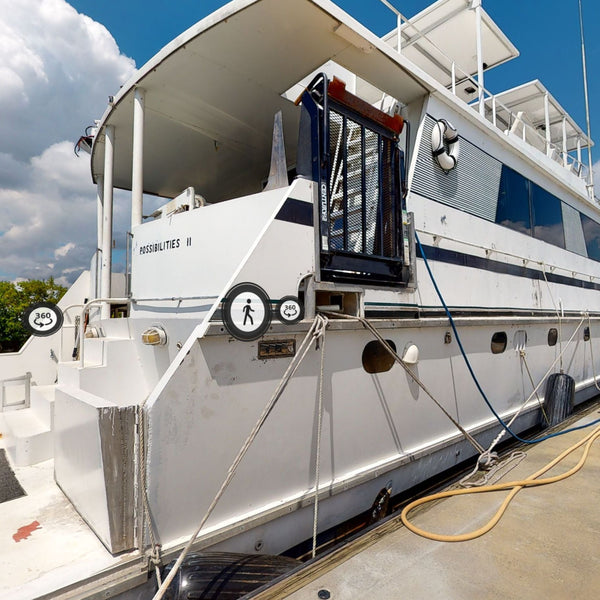
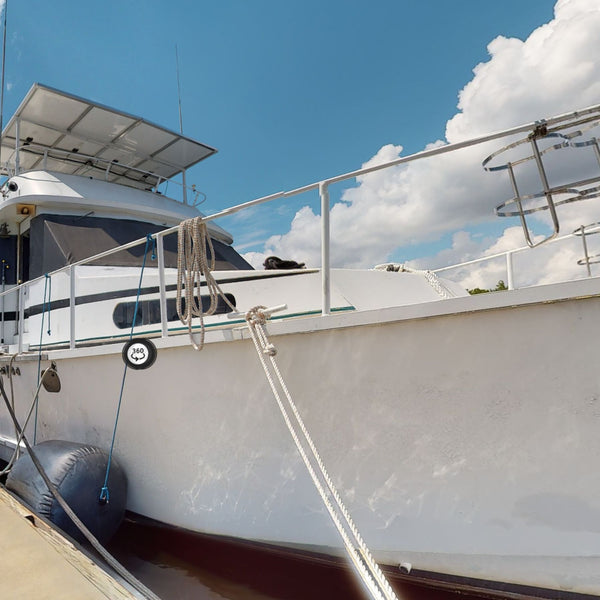
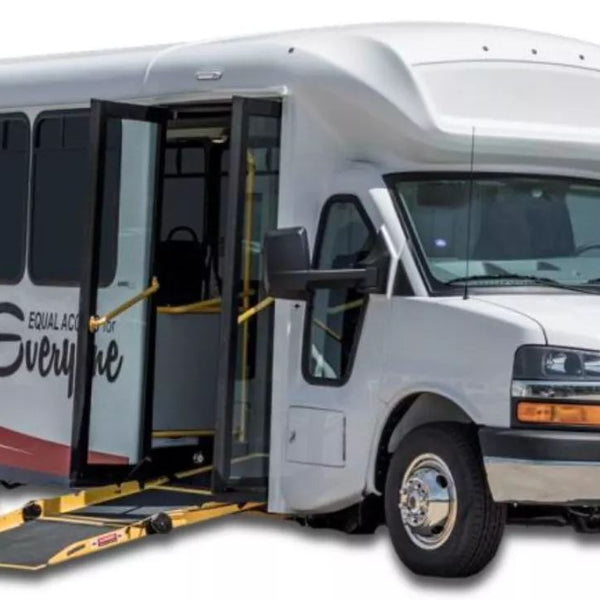
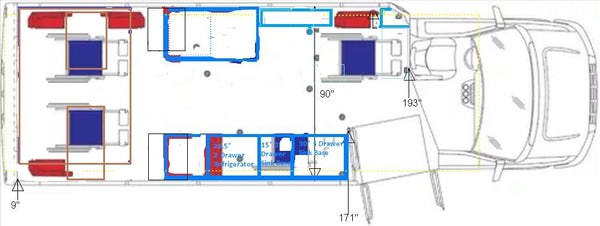
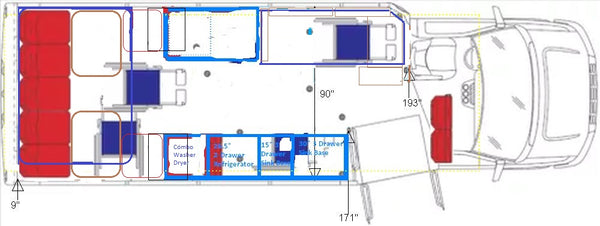
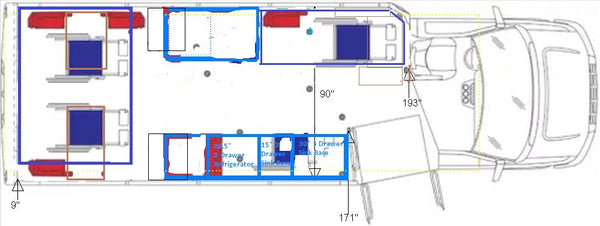
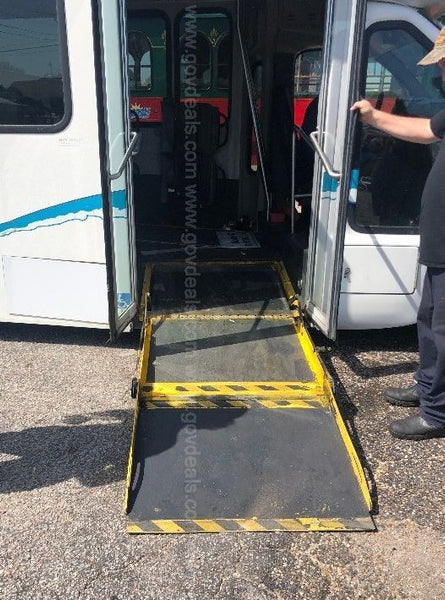

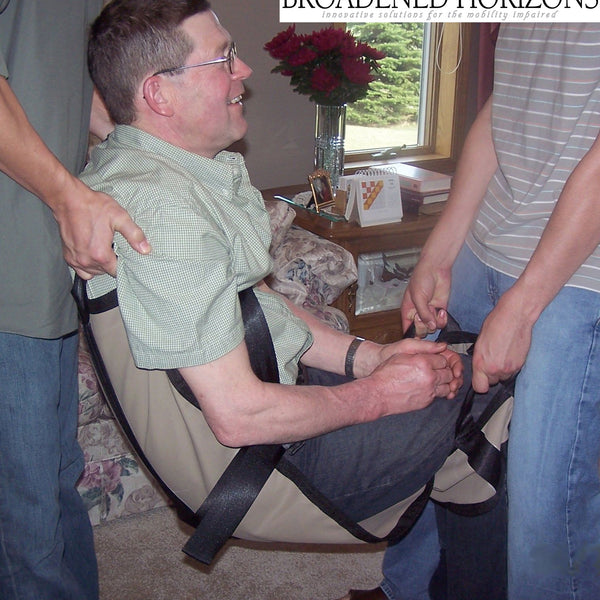
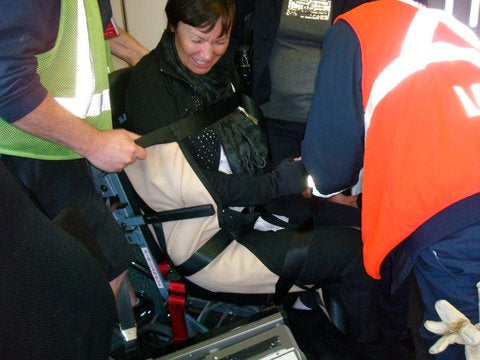
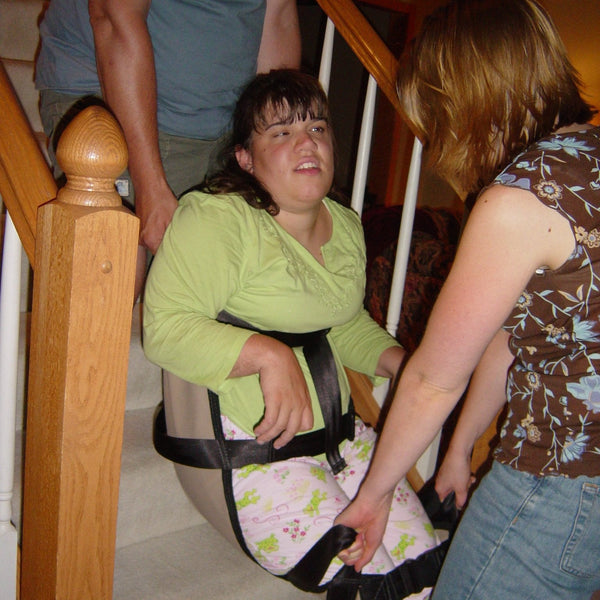
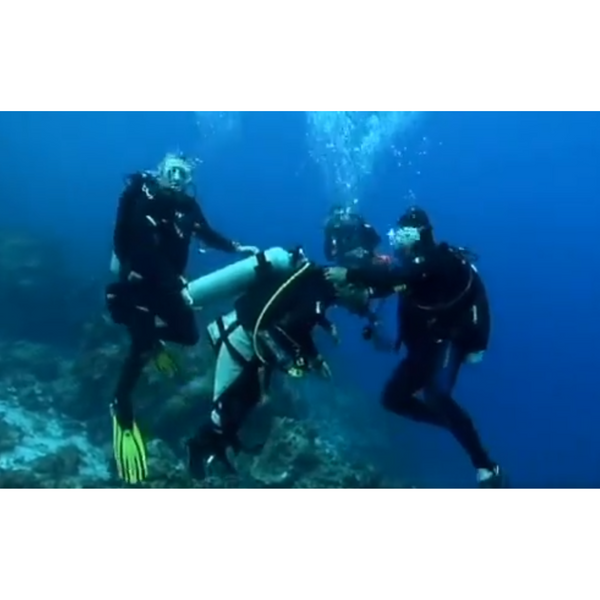
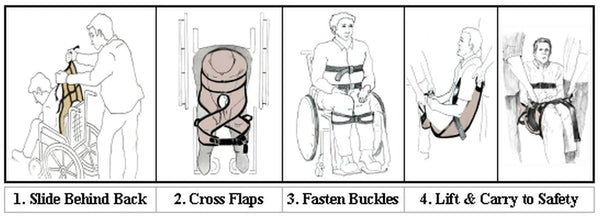
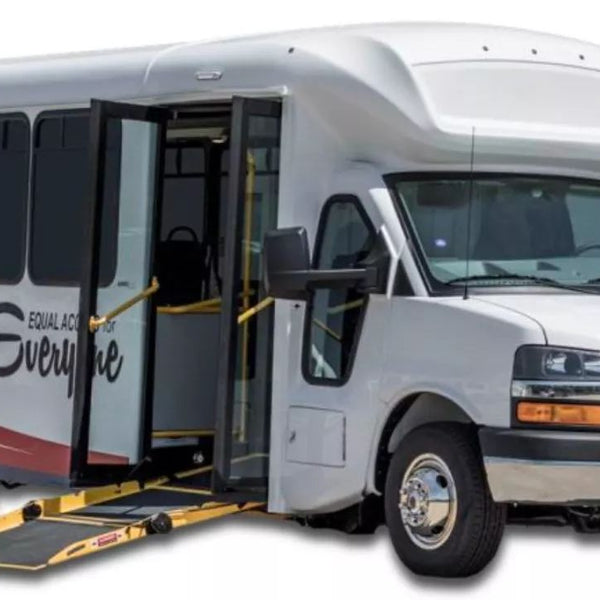
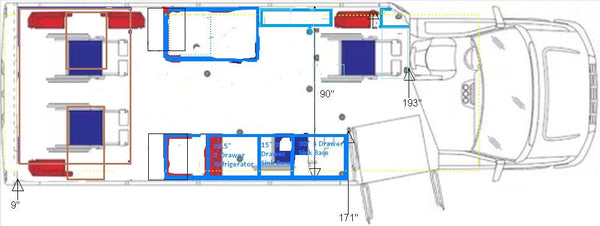
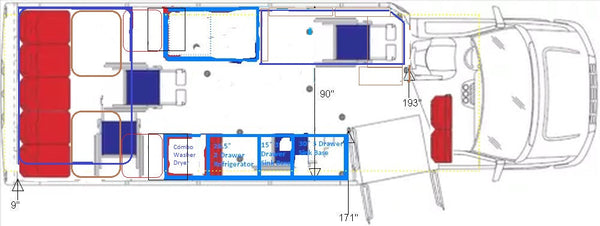
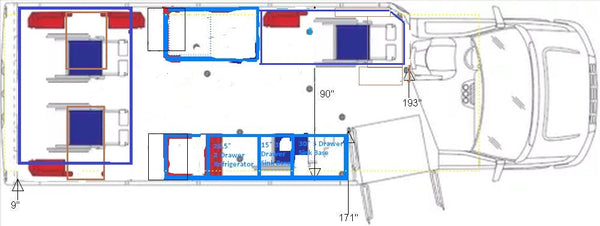
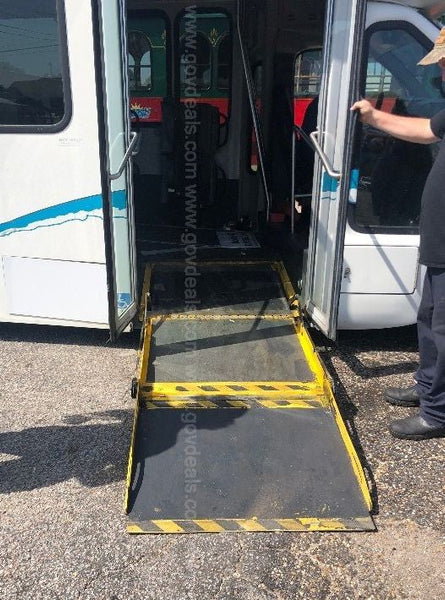

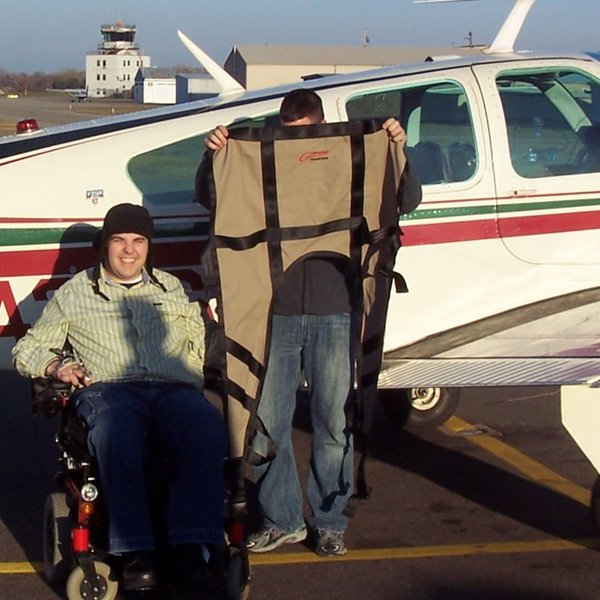
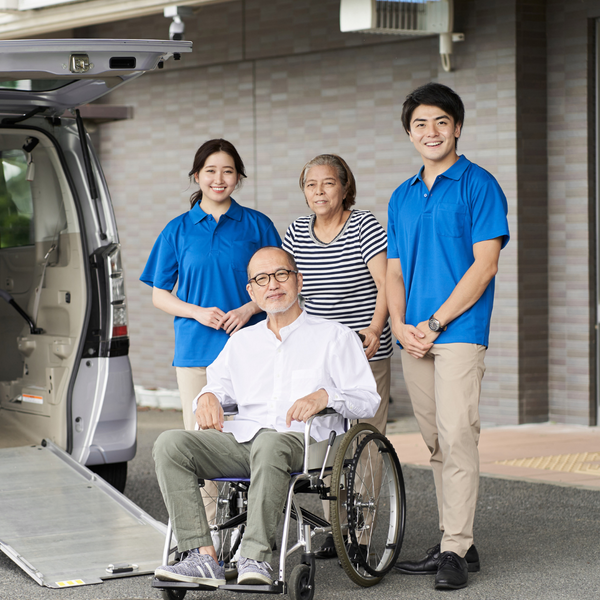


♿Bruce Bromley 2nd degree connection2ndAccredited Disability Access & Egress Consultant ● Trainer ● Specialist Disability Accommodation #SDA0002 ● Livable Housing Australia #LHA0002 ● Changing Places Assessor #CP001